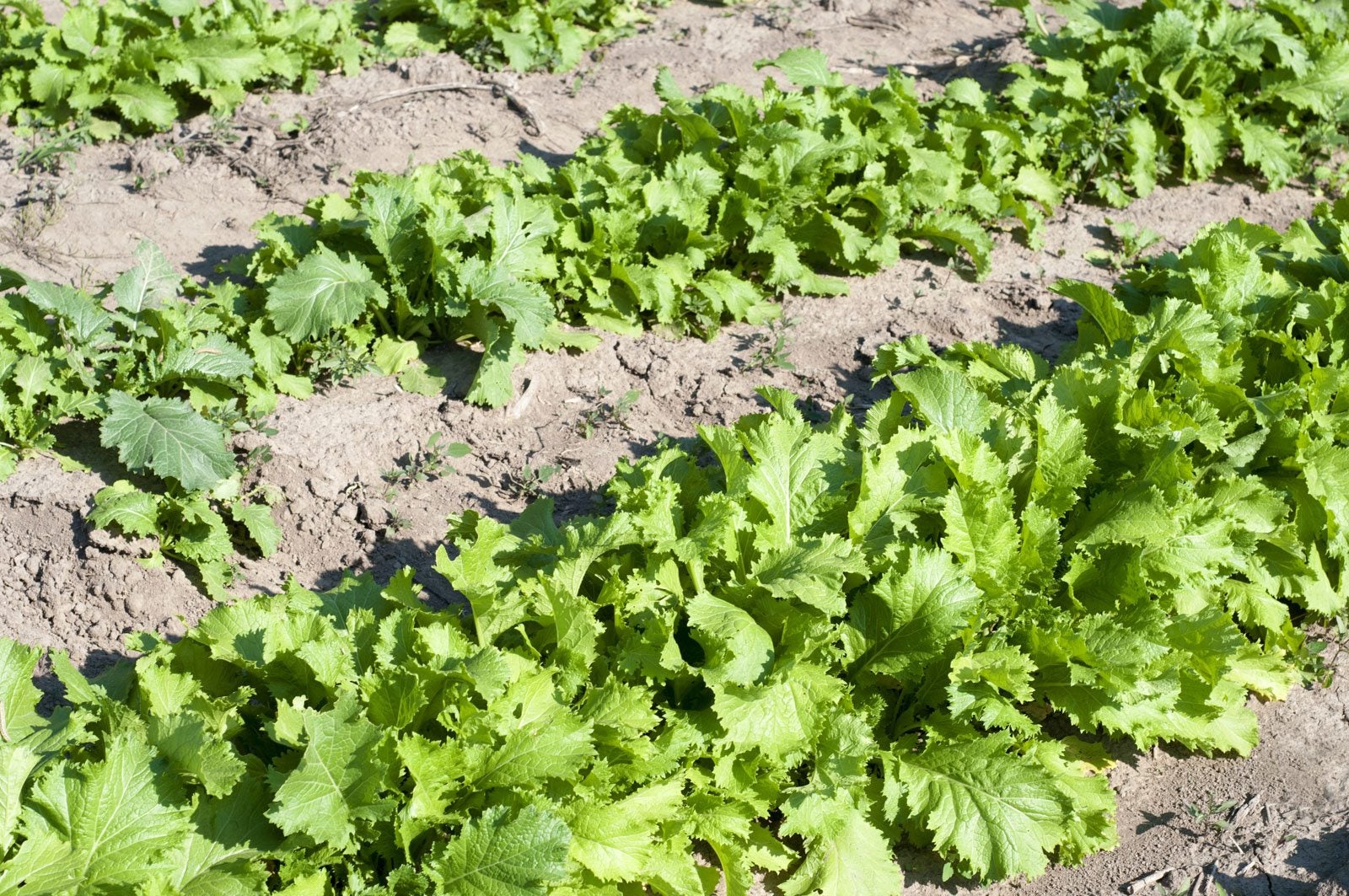
Scientists are predicting increasingly warm, dry conditions around the globe. Faced with that certainty, many gardeners are looking at methods of conserving water or looking for drought resistant vegetables, varieties that have evolved into growing in hot and dry realms. What types of drought tolerant vegetables work best in a low water garden and what are some other tips for growing low water vegetables?
Tips for Growing Low Water Vegetables
While there are a number of drought tolerant vegetable varieties available, without some planning, extreme drought and heat will kill even the hardiest. Planting at the correct time is crucial. Sow the seeds earlier in the spring to take advantage of the warm weather and jump start the growing season, or plant later in the fall to minimize the use of irrigation and use the seasonal rains to your advantage. Add a 3 to 4 inch (8-10 cm.) layer of mulch, which can cut the need for watering in half. Use grass clippings, dried leaves, pine needles, straw, or shredded bark to keep the soil cooler and reduce water evaporation. Also raised beds help retain water better than open beds. Plant in groupings or hexagonal offset patterns rather than in rows when growing drought tolerant vegetables. This will provide shade from the leaves to keep the soil cooler and water from evaporating. Consider companion planting. This is just a method of grouping crops together to reap the benefits from each other. The Native American “three sisters” method of planting corn, beans, and squash together is age old and works very well. The beans leach nitrogen into the soil, the corn acts as a living bean scaffold, and the squash leaves keep the soil cool. Use a drip system to water. Overhead watering is not as efficient, and a lot of the water just evaporates off of the leaves. Water the garden in the late evening or early morning, between 9 p.m. and 6 a.m. Water more heavily when the plants are very young and reduce the amount as they mature. The exception to this is as the plants set fruit, reintroduce additional water for a time and then reduce it again.
Drought Tolerant Vegetable Varieties
Drought resistant vegetables are often those with short days to maturity. Other options include the miniature varieties, bell peppers and eggplant for example. They need less water for fruit development than their larger cousins. The following is a list, albeit not complete, of types of drought resistant veggies:
- Rhubarb (once mature)
- Swiss chard
- ‘Hopi Pink’ corn
- ‘Black Aztec’ corn
- Asparagus (once established)
- Sweet potato
- Jerusalem artichoke
- Globe artichoke
- Green-striped cushaw squash
- ‘Iroquois’ cantaloupe
- Sugar Baby watermelon
- Eggplant
- Mustard greens
- Okra
- Peppers
- Armenian cucumber
Legumes of all sorts are drought resistant and include:
- Chickpea
- Tepary bean
- Moth bean
- Cowpea (black-eyed pea)
- ‘Jackson Wonder’ lima bean
The green leafed types of amaranth tolerate little water, as do many tomato varieties. Snap beans and pole beans have a short growing season and can rely on residual water found in the soil. Growing healthy drought resistant vegetables will require a strict adherence to a water schedule when plants are young and un-established. They also need a good layer of moisture retentive mulch, protection from drying winds, soil amended with organic matter to feed the plants and, for some plants, shade cloth to lessen the effects of the sweltering sun.
Sign up for the Gardening Know How newsletter today and receive a free copy of our e-book "How to Grow Delicious Tomatoes".

Amy Grant has been gardening for 30 years and writing for 15. A professional chef and caterer, Amy's area of expertise is culinary gardening.
